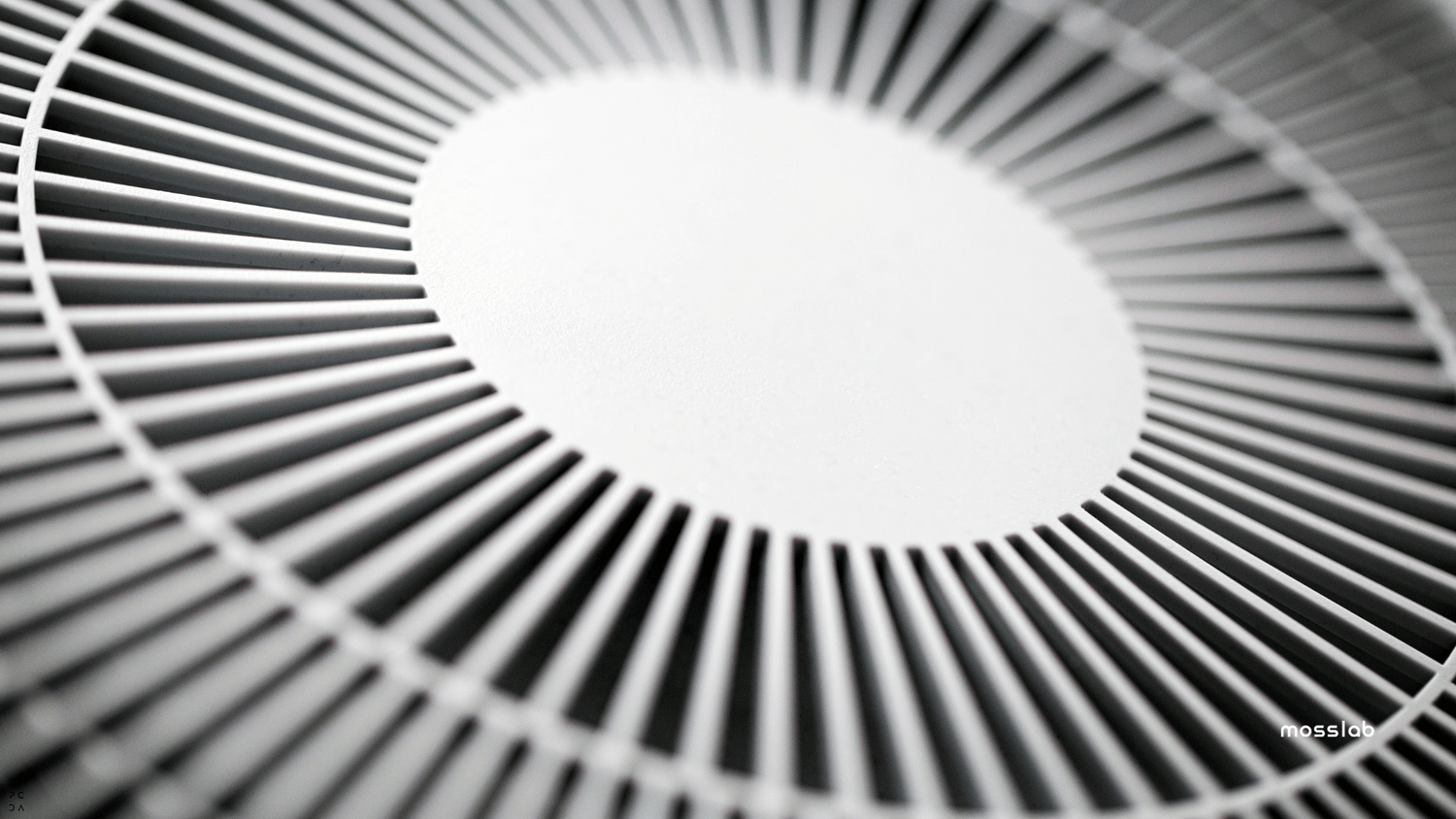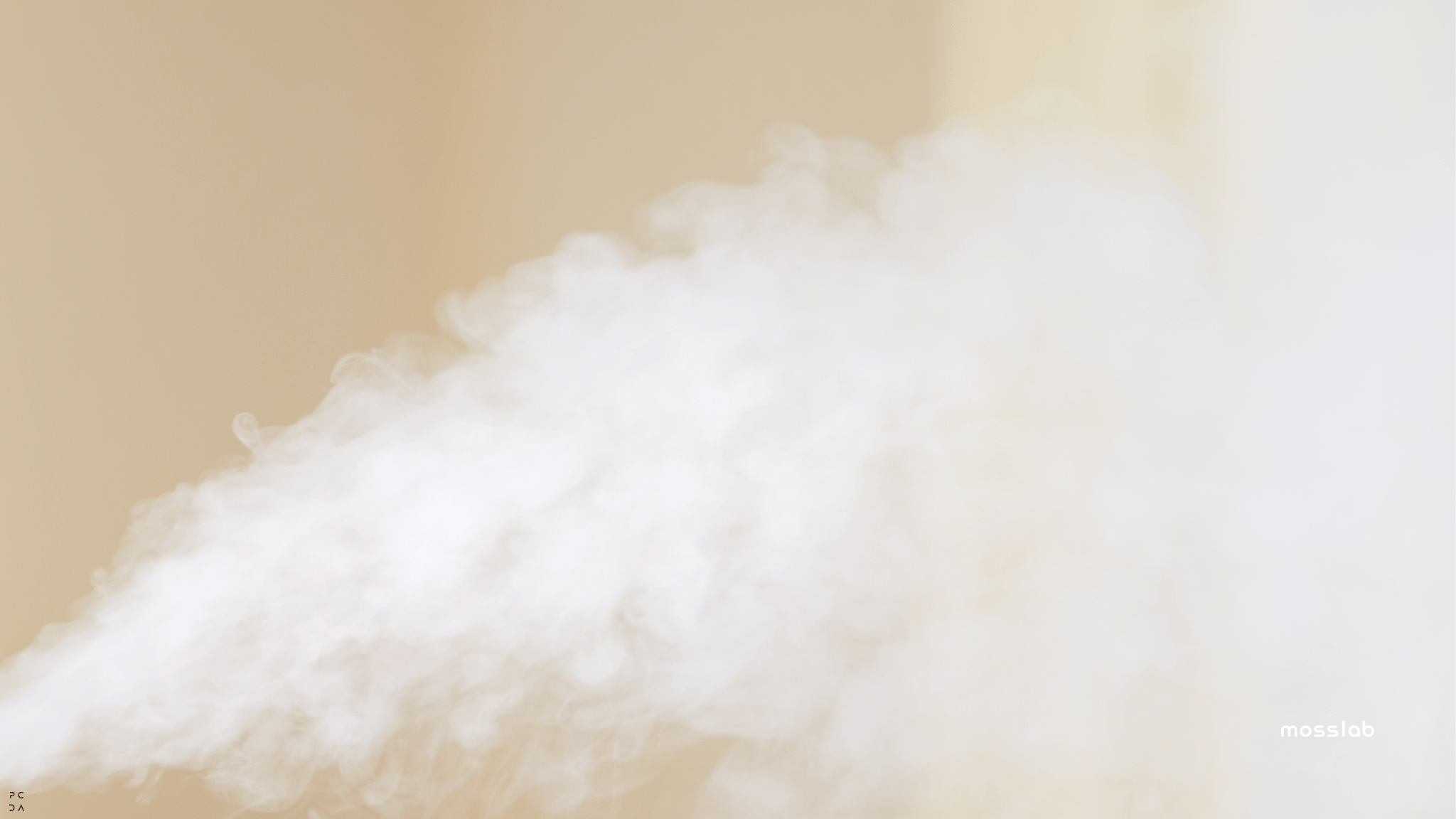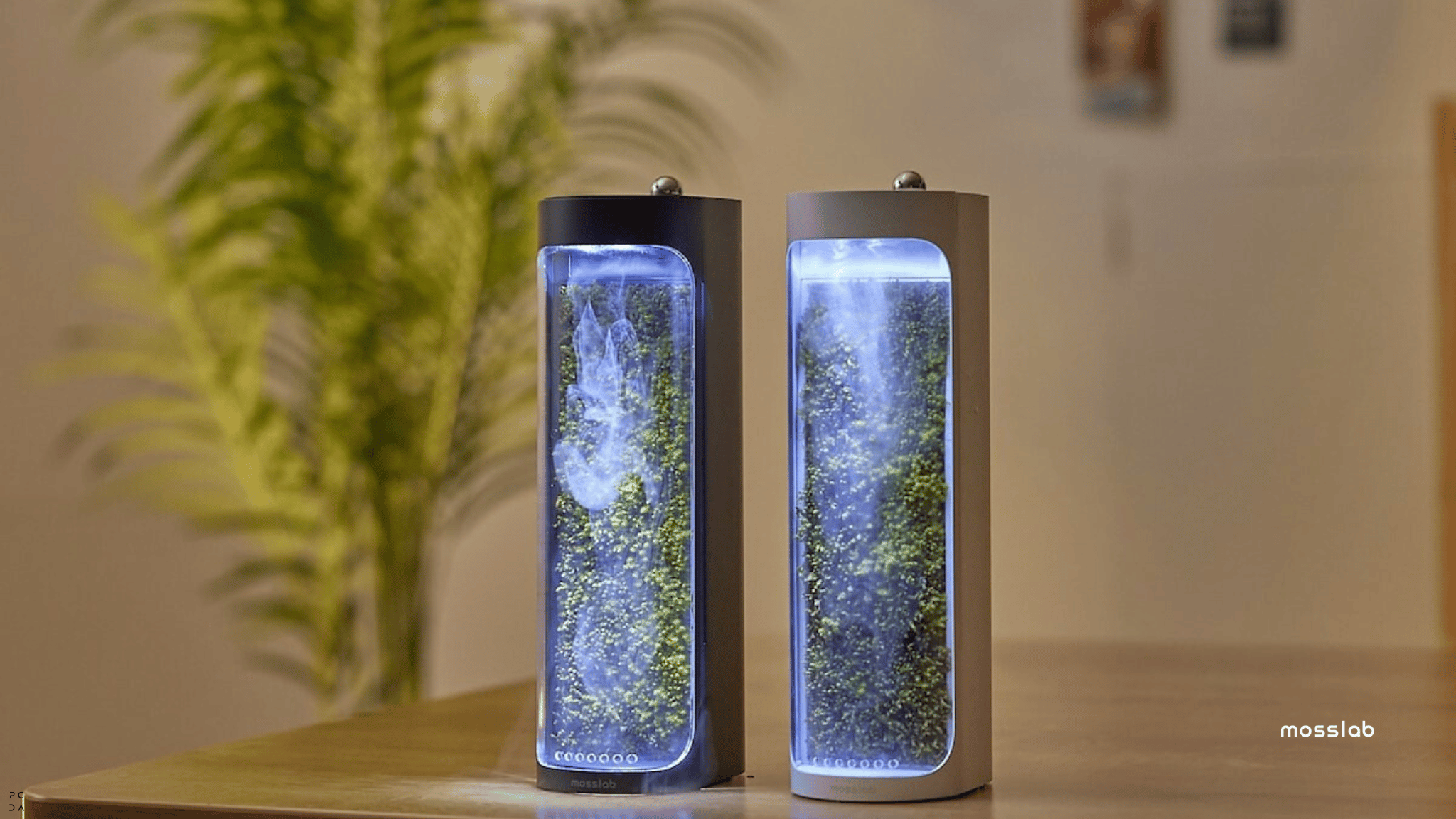When you're deciding between a humidifier and an air purifier, it's important to know their core differences. Humidifiers add moisture to dry air, improving comfort for skin and respiratory passages. Air purifiers, on the other hand, filter pollutants, enhancing overall air quality by capturing dust, allergens, and smoke. Consider which issue you need to address: dry air or air pollutants. Both devices have distinct benefits, and understanding these can guide your choice further.
Understanding Air Purifiers

When it comes to air purifiers, you'll find they work by pulling air through a filter system to capture particles like dust, pollen, pet dander, and smoke.
These devices are essential for anyone seeking to remove pollutants and improve indoor air quality. By utilizing HEPA filters, air purifiers efficiently trap particles as small as 0.3 microns, making them particularly beneficial for allergy sufferers and those with asthma.
You'll appreciate the clean air they deliver, greatly reducing your exposure to harmful airborne contaminants.
Air purifiers often include additional features to boost their effectiveness. Some models incorporate activated carbon filters to absorb odors and volatile organic compounds, while others use UV light to eliminate bacteria and viruses.
Keep in mind, the Clean Air Delivery Rate (CADR) is a helpful metric when choosing a purifier, as it indicates the volume of filtered air produced.
Regular maintenance like replacing filters guarantees peak performance.
Understanding Humidifiers

While air purifiers excel at removing pollutants from the air, humidifiers focus on adding moisture to it, providing comfort in dry conditions.
If you're dealing with dry air, especially during winter or in arid climates, a humidifier can be your solution. By releasing water vapor, it helps alleviate symptoms like dry skin, scratchy throats, and respiratory issues. Maintaining an indoor humidity level between 30% and 50% is ideal for comfort and health, and a humidifier can help you attain this balance.
There are various types of humidifiers to choose from, each employing different methods to produce moisture. Cool mist, warm mist, ultrasonic, evaporative, and steam vaporizers are popular options.
Regular maintenance is key; without it, humidifiers might breed mold or introduce pollutants. Make certain you clean your device and refill the water regularly to enjoy its benefits without compromising air quality.
Key Differences Between Humidifiers and Purifiers

Though both humidifiers and air purifiers improve indoor air conditions, they do so in distinct ways.
Humidifiers add moisture to the air, which can help alleviate symptoms like dry skin and irritated nasal passages caused by dry conditions. They focus on increasing humidity levels to provide comfort but don't remove allergens or pollutants from the air.
On the other hand, air purifiers are designed to remove pollutants such as dust, pollen, and smoke, thereby improving air quality by filtering out airborne particles and allergens.
Air purifiers often cover larger areas than humidifiers, making them more suitable for purifying bigger spaces. However, they require regular filter replacements to maintain effectiveness.
Meanwhile, humidifiers need frequent water refills and cleaning to prevent mold and bacteria growth.
Ultimately, if your goal is to improve air quality by removing pollutants, an air purifier is the better choice, while humidifiers are ideal for adding moisture to dry environments.
Health Benefits of Humidifiers and Purifiers
Although both humidifiers and air purifiers play crucial roles in enhancing indoor air quality, their health benefits are distinctly different.
Air purifiers are your go-to solution for reducing airborne allergens and pollutants. They improve indoor air quality by capturing particles as small as 0.3 microns, making them especially beneficial for those with asthma or allergies. By filtering out dust, pet dander, and smoke, air purifiers can greatly decrease respiratory symptoms and distress.
On the other hand, humidifiers are perfect for tackling issues caused by dry air. They add moisture, alleviating dry skin, irritated nasal passages, and respiratory discomfort, especially during winter months.
By maintaining ideal humidity levels between 30% and 50%, humidifiers help prevent dryness in the airways and reduce the likelihood of viral infections.
Both devices serve unique purposes, ensuring your indoor environment is both comfortable and health-supportive, each contributing in their own way.
Choosing the Right Device for Your Needs
Understanding the distinct health benefits of humidifiers and air purifiers sets the stage for making an informed choice tailored to your needs.
When deciding, it's vital to identify your primary concern—dry air or pollutants. Humidifiers are perfect if low humidity levels, often below 30%, are causing discomfort. They add moisture, alleviating dryness in the nasal passages and throat.
On the other hand, if your main issue is airborne allergens or poor air quality, an air purifier equipped with a HEPA filter is necessary, capturing 99.97% of particles as small as 0.3 microns.
Consider the following when choosing:
- Humidity levels: If consistently low, opt for a humidifier.
- Pollutants: If allergies are a concern, choose an air purifier.
- Maintenance: Humidifiers need cleaning; purifiers need filter changes.
- Combined use: Use both if needed, but guarantee proper placement.
- Personal needs: Tailor your choice to your specific air quality issues.




